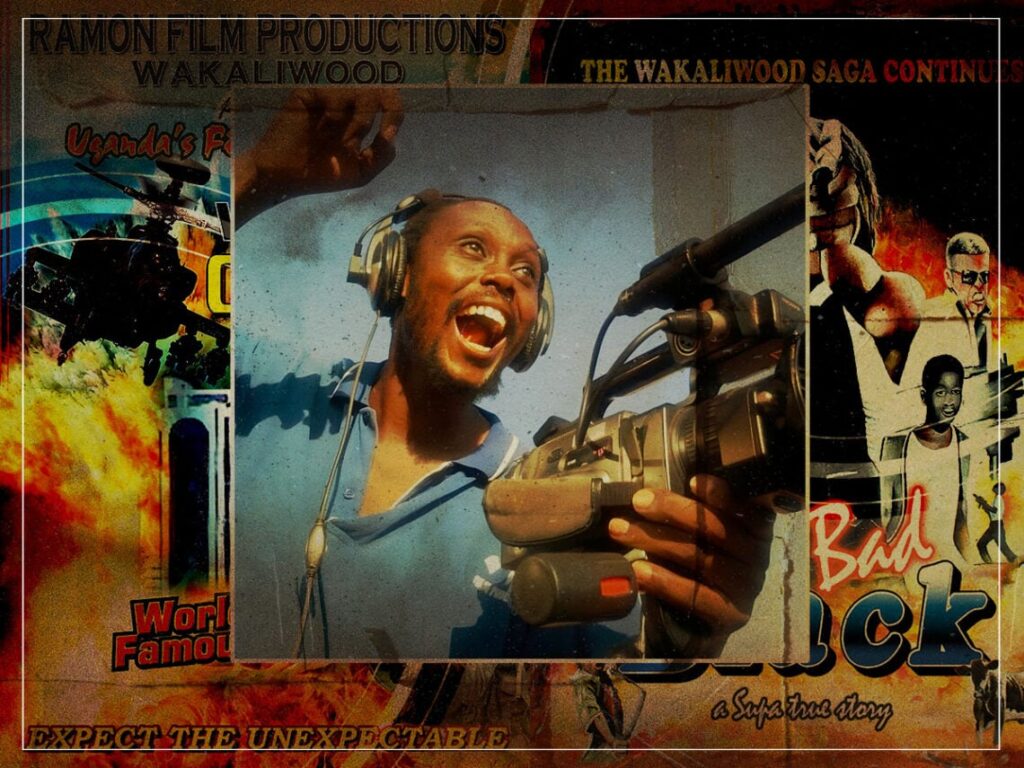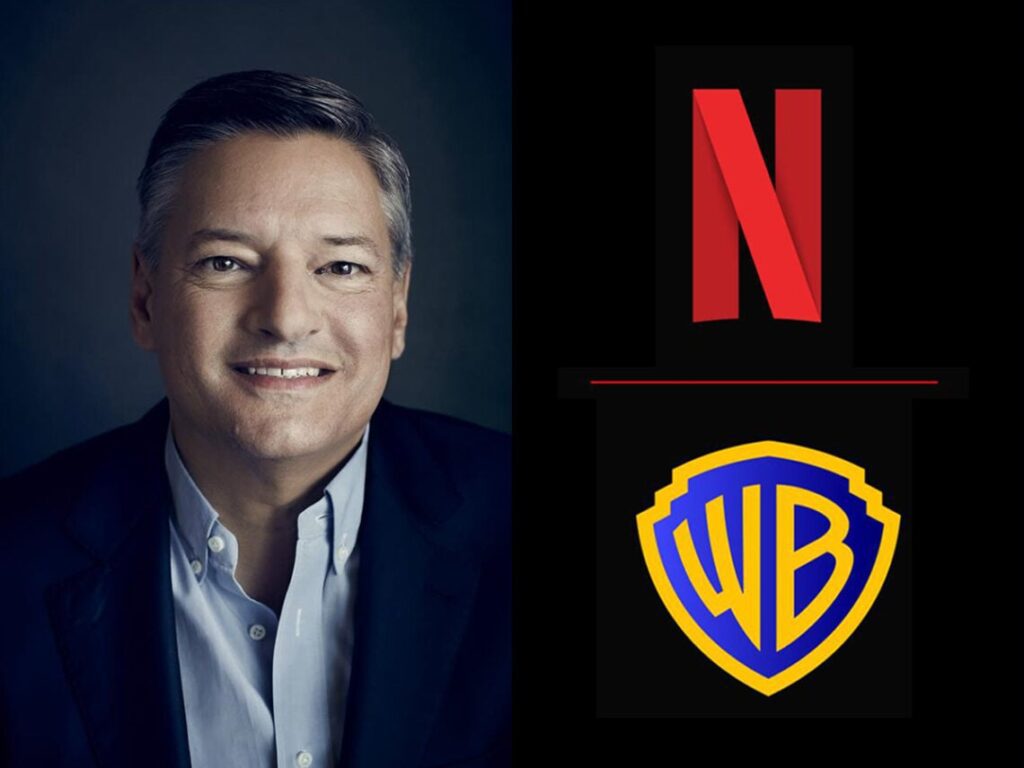Wakaliwood: the legendary film studio that grew out of a Ugandan slum
 Posted On
Posted On
(Credits: Far Out / Wakaliwood)
There’s no limit on imagination in cinema, something Wakaliwood has taken to heart and transformed into a thriving industry after capturing Ugandan – and latterly international – attention with a string of micro-budget, do-it-themselves productions that have transformed it into a sensation.
Initially founded by Isaac Godfrey Geoffrey Nabwana in 2005, the filmmaker credited as Nabwana I.G.G. named his outfit Ramon Film Productions after his grandmothers Rachael and Monica. Refusing to be constrained by the lack of resources available in the Kampala slum of Wakaliga, the determined studio head saw a viral sensation light the touchpaper on Wakaliwood’s rise to prominence.
Action comedy Who Killed Captain Alex? was made on a budget of $200, but the inventiveness and ingenuity was on full display. When film festival director Alan Hofmanis caught wind of its brilliantly bonkers trailer, he first made a documentary on Ramon Film Productions before taking on a key role at the company in an effort to help promote Wakaliwood to a global audience.
Nabwana grew up on a steady diet of Westernised film and television content during the brutal regime of Idi Amin that left hundreds of thousands of Ugandans dead, and his dreams of making it in an industry that carried almost no local footprint at all were always going to hinge on the writer, director, and producer indulging his love of the trigger-happy titles that served as the backbone of his audio-visual education.
“I don’t even call it low-budget, we have no budget,” he admitted to The Independent. “I wanted to do action, but everyone says you need a lot of money for that.” Proving that assessment to be wrong in the most endearing fashion imaginable, Nabwana enlisted the help of his performers and local community to ensure Wakaliwood carried production values that belied its shoestring funding.
Ramon Film Studio has made dozens upon dozens of movies, never exceeding more than a couple of thousand dollars in costs. Dozens of people work on either side of the camera to bring these movies to life, whether it’s actors helping behind the scenes, making the props and costumes by hand, or even living in the rehearsal spaces during production to eradicate the cost of travel from the balance sheet.
It’s not a lucrative enterprise, though, with the majority of Wakaliwood figures holding full-time jobs and committing to the productions in their spare time. Defiantly old school in a world where CGI has become cheaper, faster, and more easily available than ever, that DIY aesthetic is key to the company’s appeal as regular purveyors of audacious epics made for sums that would boggle the mind of even Hollywood’s most frugal independent filmmakers.
The actors aren’t even paid for their efforts, although they do receive a small residual on physical media sales, with prop masters scouring landfills for anything that can be refashioned into a semi-convincing substitute on-screen, whether it’s an attack helicopter, a machine gun, or anything that takes Wakaliwood’s fancy for factoring into its latest no-holds-barred action extravaganza.
Ugandan cinema at large has seen a number of production houses spring up in the wake of Ramon Film Production’s success, but there’s nothing quite like the original vintage.
[embedded content]


